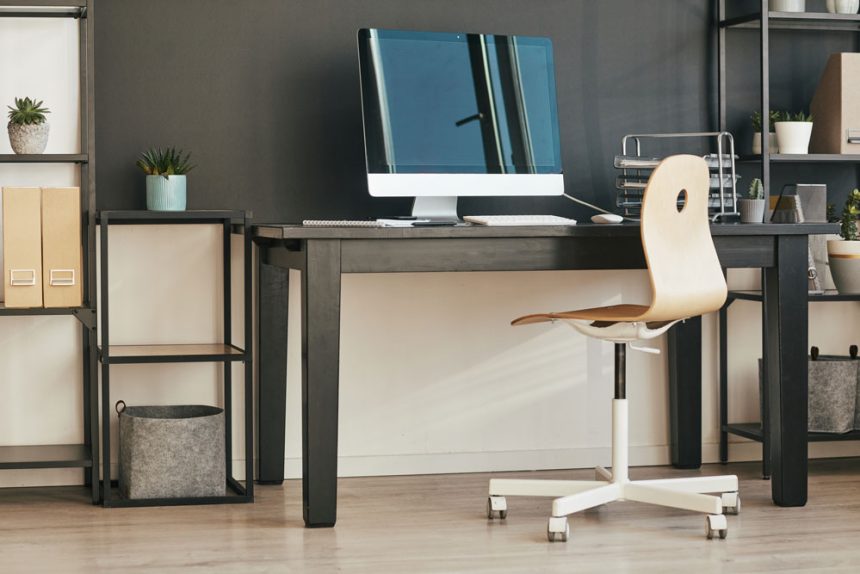The Evolution of the Home Office
What began as a temporary solution during the pandemic has turned into a long-term lifestyle. With hybrid work now the norm for millions, the home office is evolving. No longer just a spare desk in the corner, it’s becoming a carefully designed space that balances productivity, comfort, and well-being.
Beyond the Kitchen Table
During the early days of remote work, people improvised — dining tables doubled as desks, and laptops balanced on couches. Now, workers are investing in permanent setups. Even in small apartments, clever design solutions like fold-out desks, multipurpose furniture, and acoustic dividers are turning living spaces into functional work zones.
The Importance of Ergonomics
One of the biggest shifts in home office design is the focus on ergonomics. Adjustable chairs, standing desks, and monitor risers aren’t just luxuries anymore; they’re essentials for preventing back pain, eye strain, and burnout. Companies are even offering stipends to help employees upgrade their setups, recognizing that healthier workers are more productive.
Tech at the Center
Hybrid work requires reliable tech. Strong Wi-Fi, noise-cancelling headphones, and external cameras are standard, but smart home devices are also entering the picture. From lighting that adjusts to the time of day to voice-controlled assistants that manage calendars, technology is helping workers recreate an office-level environment at home.
Design Meets Well-Being
A productive home office isn’t just about equipment — it’s about atmosphere. Natural light, plants, and calming colors are becoming staples in hybrid workspaces. Many workers are also carving out “transition zones” — a reading chair, a balcony, or a walk outside — to help separate work and personal time, something that was blurred during early remote work.
The Blended Future
The rise of hybrid work is pushing designers, furniture brands, and tech companies to rethink what an office can be. Expect to see more modular furniture, noise-reduction innovations, and even subscription services for office equipment in the coming years. The line between home and office is fading, and design is racing to keep up.
Final Thought
Home Offices 2.0 aren’t just about where we work — they’re about how we live. By combining functionality, comfort, and creativity, these new spaces reflect the future of work: flexible, human-centered, and built for balance.











